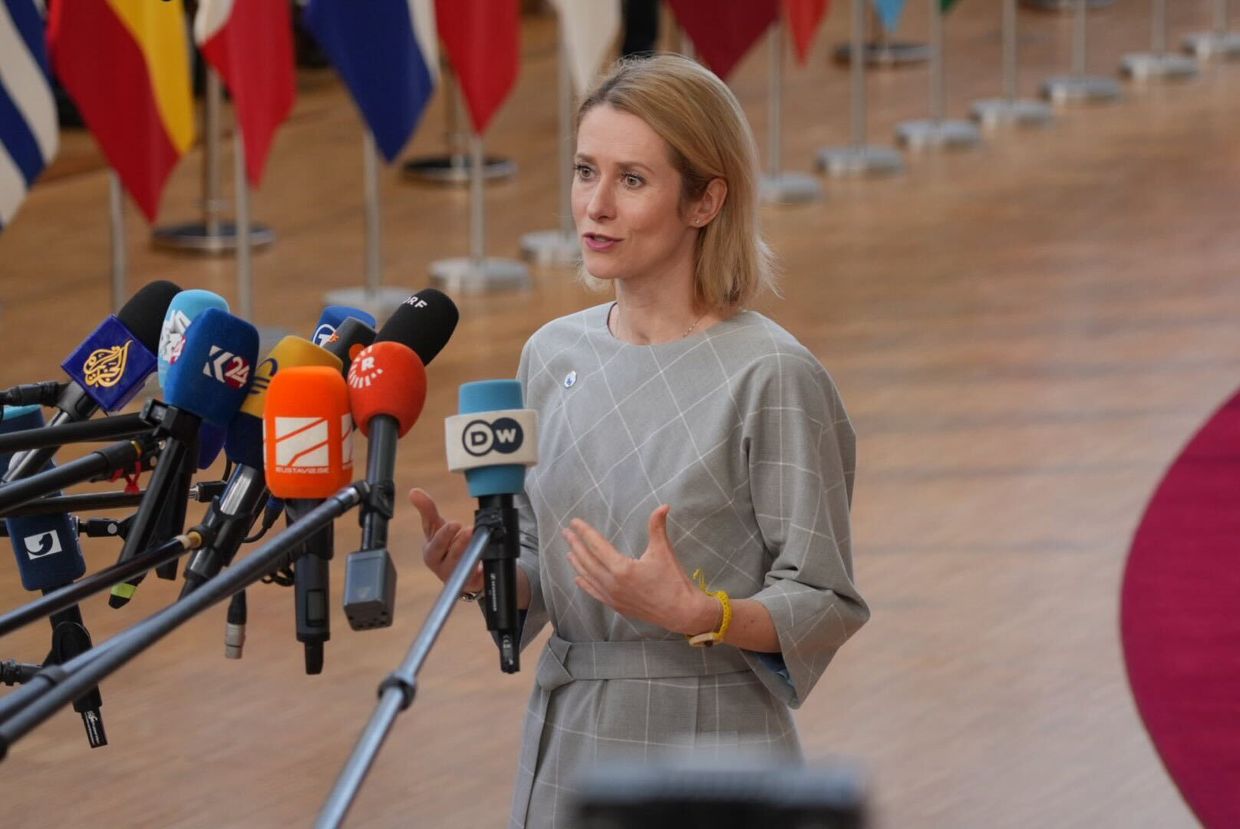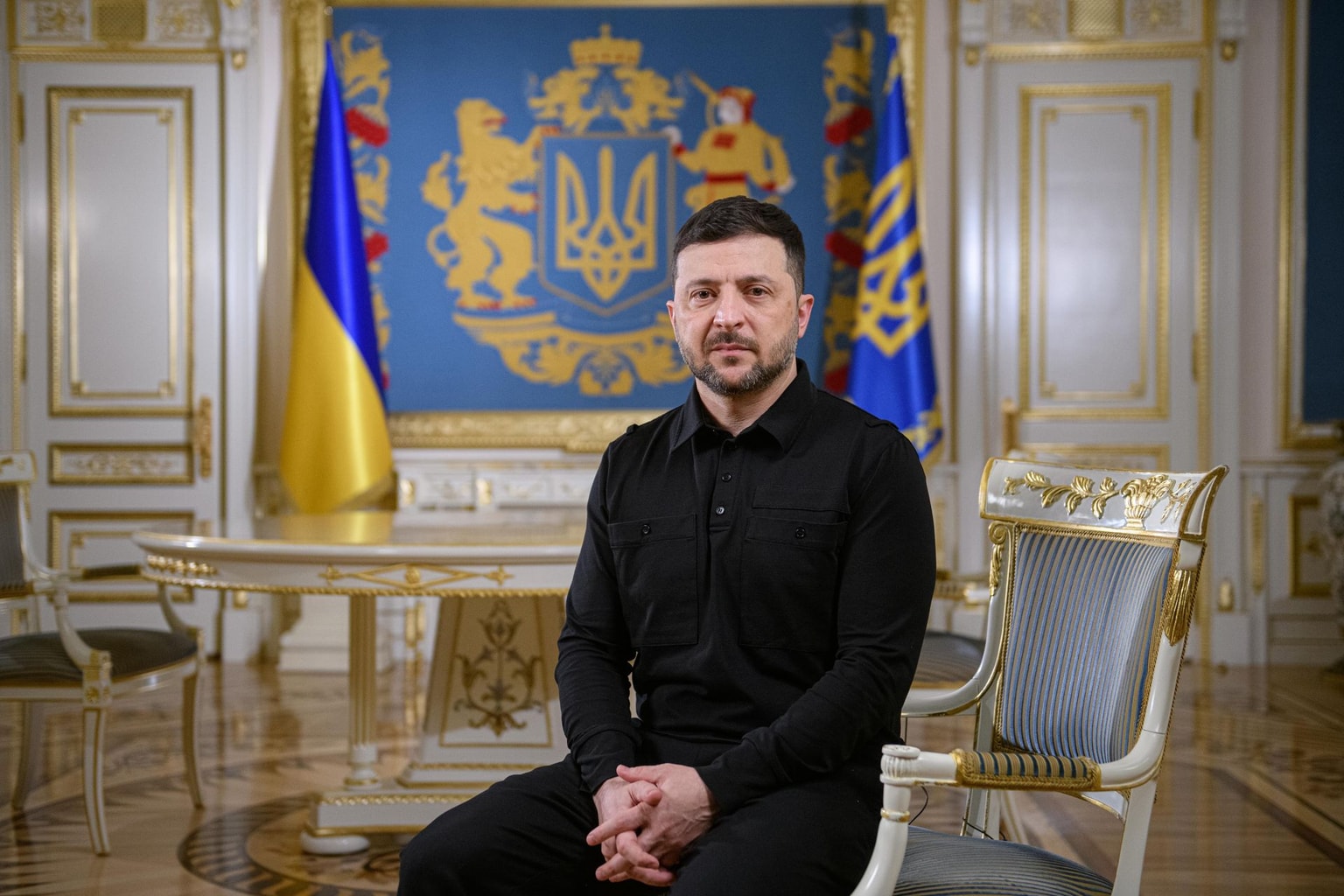Congressional sanctions on hold as Trump threatens Russia with 'severe' tariffs

Senate Majority Leader John Thune indicated on July 14 that the Senate would likely delay advancing a significant package of sanctions targeting Russia's trading partners. The decision follows U.S. President Donald Trump's statement that he is prepared to take action unilaterally later this summer if Russian President Vladimir Putin does not move towards a peace agreement with Ukraine.
"It sounds like right now the president is going to attempt to do some of this on his own," Thune told reporters, according to Politico. "If at some point the president concludes that it makes sense and adds value and leverage that he needs in those negotiations to move the bill, then we’ll do it. We’ll be ready to go."
Trump issued a direct threat to impose "secondary tariffs" of up to 100 percent on countries that continue to trade with Russia. This announcement came during a meeting with NATO Secretary General Mark Rutte. "We’re going to be doing secondary tariffs if we don’t have a (Russia-Ukraine peace) deal within 50 days," Trump said. He emphasized their potency, stating, “Secondary tariffs are very, very powerful.”
The Senate legislation, crafted by Senator Lindsey Graham (R-S.C.) and Richard Blumenthal (D-Conn.) and boasting 85 co-sponsors, would authorize Trump to impose even steeper secondary tariffs, at least 500 percent, on imported goods from nations like China, Brazil, and India that maintain trade with Russia.
The bill also includes authorization for Trump to raise tariffs on remaining U.S. imports from Russia to at least 500 percent, though this move would likely have less immediate impact given existing sanctions have already significantly curtailed trade with Moscow.
Thune suggested that President Trump’s threat might make it unnecessary for the Senate to pass the Graham-Blumenthal bill immediately. “We are going to try as best we can ... coordinate strategies with the White House, obviously with the House,” Thune explained. “So we will have it ready to go at a minute’s notice.”
Action on the sanctions legislation in the House of Representatives also appeared unlikely following Trump's remarks.
In a joint statement, Senators Graham and Blumenthal commended both Trump’s tariff threat and his plan to sell American-manufactured weapons to NATO for subsequent use by Ukraine. However, they stressed: "The ultimate hammer to bring about the end of this war will be tariffs against countries, like China, India and Brazil, that prop up Putin’s war machine by purchasing cheap Russian oil and gas." They clarified their ultimate aim: “The goal is not more tariffs and sanctions — the goal is to entice Putin to come to the peace table.”
President Trump has a history of imposing tariffs, including a 10 percent tariff on imports globally and additional tariffs on China since taking office. He has also previously threatened other trading partners, such as India and Brazil, with new “reciprocal” tariffs to exert pressure on various issues. Earlier this year, Trump had indicated he would impose 25 percent secondary tariffs on countries importing oil from Venezuela, a threat he has yet to act upon, raising questions about the follow-through on his latest warning to Putin.
U.S. trade with Russia has seen a dramatic decline in recent years, plummeting from approximately $53 billion in 2021 to $5.5 billion last year. This sharp reduction is a direct consequence of sanctions imposed by the Biden administration and Congress after Putin’s full-scale invasion of Ukraine in February 2022.
These measures included a ban on imports of Russian oil and the termination of “permanent normal trade relations” with Moscow, which allowed the Biden administration to levy higher-than-normal tariffs on Russian goods. The United States also collaborated with allies to implement a series of export controls aimed at restricting Russia’s access to semiconductors and other critical technology items.
In 2024, the United States imported only $2.5 billion worth of goods from Russia, a significant drop from $23.3 billion in 2021. The majority of this decline stemmed from the U.S. ban on Russian oil, which had previously constituted about 60 percent of total imports from Russia.












